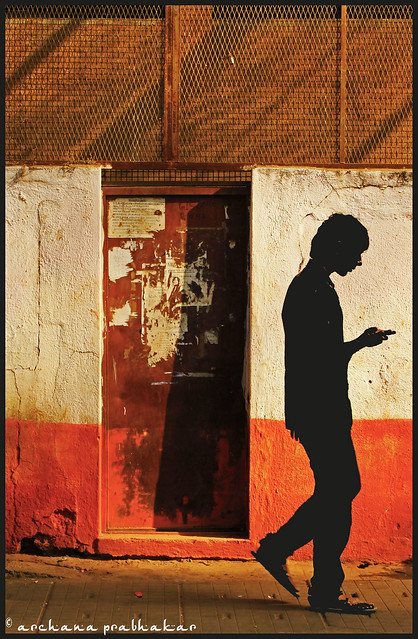A recent request submitted to the NSVRC Lifespan Team asked about what the takeaway should be when we talk about critical media literacy with youth. Universities dedicate entire courses to this topic. What can you possibly impart in 45 minutes? The answer: Tons!
First consider the distinction between Critical Media Literacy 1.0 and 2.0. Critical Media Literacy 1.0 is probably that media literacy that you grew up with. We’re talking the good stuff, like Jean Kilbourne’s Killing Us Softly lectures (eye opening analyses of advertising’s depiction of women) and that activity where you flip through magazines and clip out demeaning or objectifying images of women and girls (which are disappointingly easy to come by), or ads that reinforce harmful gender stereotypes. More recently, the film Miss Representation discusses the way women are presented in news and media and how that (mis)shapes the way women and girls understand their worth.
If you’re looking for resources on how to discuss Critical Media Literacy 1.0, check out some of the tip sheets and curricula developed by Hardy Girls, Healthy Women. You can even show a part of one of the films shown above. The Media Education Foundation offers a large library of educational videos and other resources that address media, culture, and society. Their materials include discussion guides, articles, and handouts on various media literacy topics. The question still remains, “what is the takeaway?”
 That’s where Critical Media Literacy 2.0 comes in. The resources and films above talk about Media (with a capital M) as the corporate producers of popular news, television shows, advertisements, and movies. In today’s digital world, we have millions of media (with a lower case m) producers. Think about Facebook, Twitter, Youtube, and beyond. People are writing their own accounts of live events and sharing with the world. How many teens in your life have a high quality camera, editing capabilities, and the power to post the content they create online in their pockets?
That’s where Critical Media Literacy 2.0 comes in. The resources and films above talk about Media (with a capital M) as the corporate producers of popular news, television shows, advertisements, and movies. In today’s digital world, we have millions of media (with a lower case m) producers. Think about Facebook, Twitter, Youtube, and beyond. People are writing their own accounts of live events and sharing with the world. How many teens in your life have a high quality camera, editing capabilities, and the power to post the content they create online in their pockets?
 No matter what approach you take to talking with youth about media, keep in mind that youth also create media. What’s more, Big M Media producers have taken notice. Have you seen the attempts to get you to live tweet your thoughts on television shows? The youth you talk with hold an awesome power to impact Media with their digital media!
No matter what approach you take to talking with youth about media, keep in mind that youth also create media. What’s more, Big M Media producers have taken notice. Have you seen the attempts to get you to live tweet your thoughts on television shows? The youth you talk with hold an awesome power to impact Media with their digital media!
One simple, doable, realistic takeaway for anyone who’s active on social media is that they can practice good digital citizenship. They can call out Big M Media on misogynistic messages and images. They can create their own media, showing the world what it means to treat people – bodies and minds – respectfully and still be entertaining. They can interact with one another in ways that value consent, mutual, informed decision-making, and safe boundaries. Youth can even be active, engaged bystanders by interrupting hurtful, objectifying or abusive social media activities when they see them.
There are plenty of examples of proactive youth activism all over Big M Media. iHollaBack, Project Unbreakable, Colored Girls Hustle Hard, and VIP4Teens are all efforts started by young women to fight back against violence and oppression.
What examples of media-based youth activism can you share?















